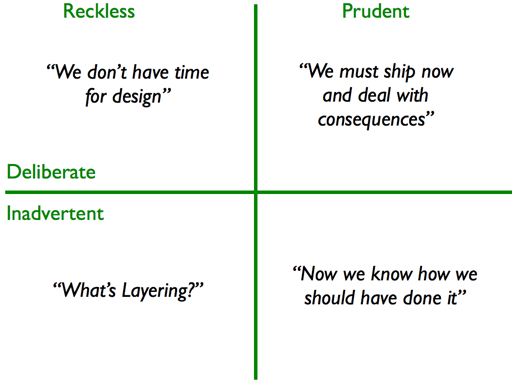Technology Top Level Domain TLD
Why does that .blog domain cost $7000?
Posted on .I was shopping for some domain names and I decided to look at a .blog address for something.
First of all, I noticed it was availble some places (GoDaddy, Network Solutions) and not others (Google Domains). Also, the .blog address cost $7000 - that's high compared with what I usually pay for a new domain.
So, I did some research.
The world is a different place than it used to be. Today there are new Top-Level Domains (TLDs) (.blog, .pizza, .business) with much more variety than there was a few years ago.
So, what's up with the pricing? Older TLDs (.com, .net, .org) have fixed wholesale prices negotiated by ICANN (The Internet Commission on Names and Numbers), which is a kind of regulatory agency for these things.
For newer domains - .blog, .rich, etc. They are controlled by different registries who set the prices. These agencies are free to set the prices as they please and the names are therefore subject to "supply and demand", as the old ones were not. I will get to the reason for the quotes in a minute.
In the case of the .blog domains, they are controlled by a company called Automattic from San Francisco.
Of course .com domains have supply and demand economics, just not for new names.
In theory Jeff Bezos could sell you the domain amazon.com - and it would certainly cost you a pretty penny. It would get you a lot of traffic to your site for a while until people realized that the company had simply moved it's amazing e-commerce platform somehere else and whatever you had was not as good.
Of course Mr. Bezos would never do that, but he could. And the market for the name would be driven by demand created by people who wanted to do something with the name amazon.com or wanted to use it to drive traffic to other existing websites.
It's clear that a good portion of the value of a domain in this type of after-market situation is in the content that that exists at a domain and the value created under that name previously. Also, there may be value in a shorter name or a more recognizable or memorable name. Paying for a premium domain might be worth while for some, because it can make you look better.
The best example I can think of this (for new .blog domains) is Seth's blog. Seth smartly snapped the domain Seths.blog. I would imagine it was expensive as domains go, but it makes sense because it matches his brand and it is much shorter than his old domain. And because he has a boatload of content already branded under the title seth's blog, so the short memorable title was valuable and he had the money to buy it.
So, why "supply and demand" and not supply and demand? Two reasons:
- The registries still have a quasi monoply on the name, if my name is Jeffrey and I am starting a blog, I can't buy jeffrey.blog from just anyone - it ultimately is controlled by Autommattic and they set the price.
- What's the value of a name, prior to having content attached to it? If amazon.com was owned by a Brazilian travel agency instead of the world's largest online store, it's value would be totally different. Every entrepeneur who looks at a name thinks of what they can change it in to, meaning that a crappy name could become a great name, with the right content or development. Surveymonkey.com, anyone? This scrambles this market a little bit.
So these registries have smartly designed an algorithm that prices shorter names higher, and must have some correlation with other names that get sold in other places. That's my guess, based on the following limited sample (as of May 3rd, 2019 from GoDaddy):
jonathan.blog costs $7000
jonathanfries.blog costs $9.99.
jeffrey.blog costs only $700.
I guess people named Jeffrey don't pay as much for domains.

